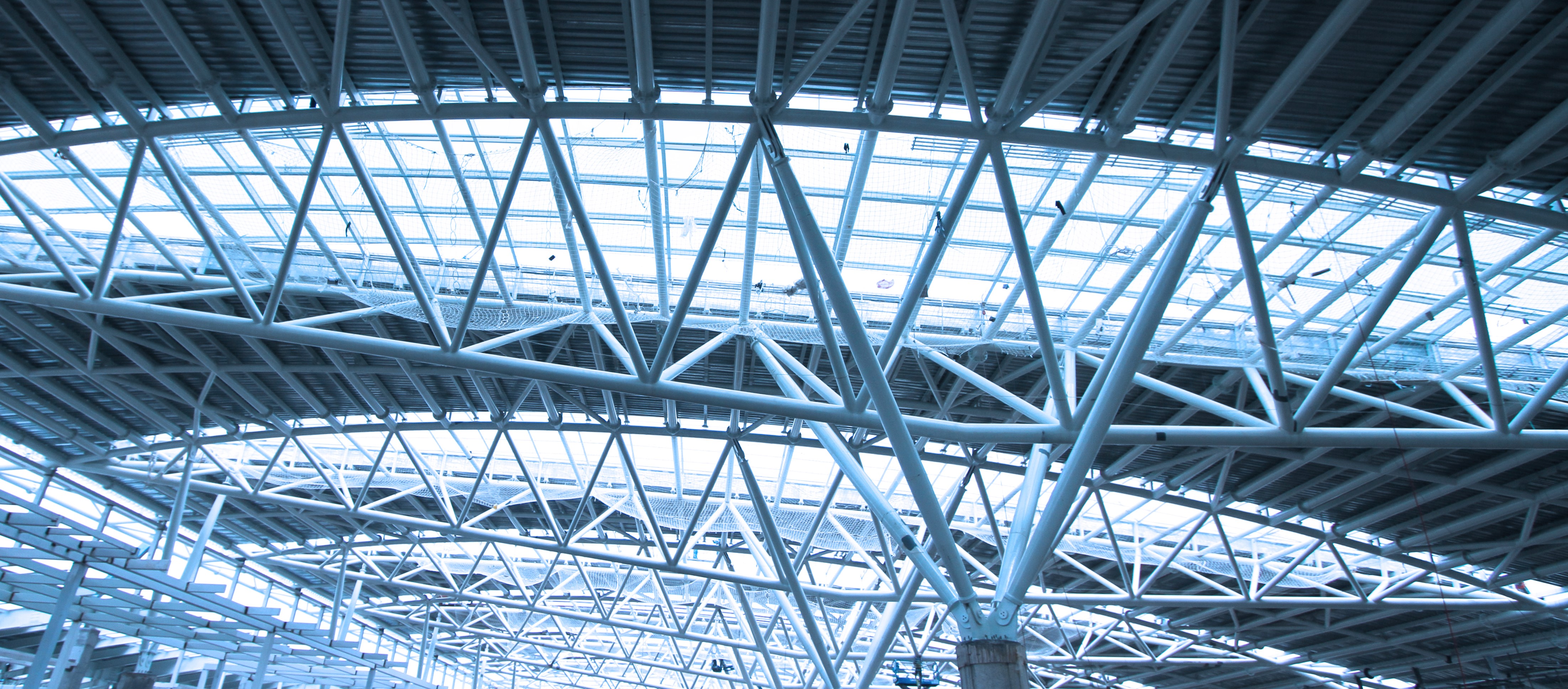Thursday, 29 June 2023
The ALCOAT Project Will Enhance Steel Construction Safety Using Recycled Aluminium
This research project aims to develop sustainable aluminium alloy coatings as an alternative to zinc galvanisation, improving the safety and durability of steel construction products. The ICN2 will partner with RMIT University and the University of Chemistry and Technology Prague to carry out the ALCOAT project.

Steel, the primary construction material worldwide, is vulnerable to oxidation and deterioration, especially in moist environments. Protection against corrosion is necessary to lengthen the service life of steel products and ensure safety. ALCOAT, an innovative project led by RMIT, ICN2, and the University of Chemistry and Technology Prague, will develop aluminium alloy coatings characterised by lower corrosion rates and reduced risk of hydrogen embrittlement as compared to steel.
‘Recycled aluminium alloy coatings with chemically tailored electrochemical potential for safe protection of steel structures’ (ALCOAT) will recycle aluminium destined for landfill to create an alternative to zinc for the galvanisation of steel products. While scrap aluminium is generally discarded due to iron and magnesium contamination, which makes it brittle and unusable for many applications, it is ideal for producing a good steel coating as the contaminants stop oxide from forming.
The coatings developed by ALCOAT will be lighter, thinner, and contribute to the circular economy by reducing the need for primary raw materials. They will find applications in various sectors, including wind towers, ships, and automotive, building, and home appliance industries.
RMIT Europe, the European hub of the global university of design, technology and enterprise ‘RMIT’ (based in Australia), has received AU$434K from the EU Research Fund for Coal & Steel (RFCS) to contribute to ALCOAT. The project's innovative approach includes computational modelling and molecular chemistry. The ICN2 will participate with the involvement of the Theory and Simulation Group led by Prof. Pablo Ordejón.

